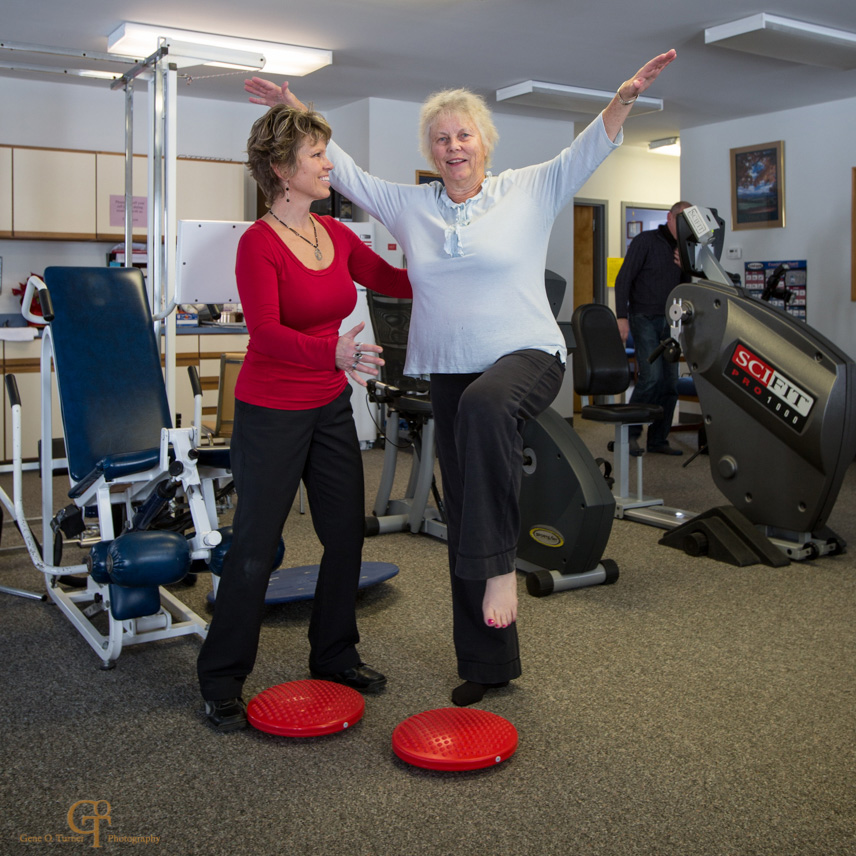Vertigo / Vestibular / Balance Training
Vertigo / Vestibular / Balance Training
Vertigo is not dizziness, lightheadedness, and giddiness. It is the sensation of moving around in space (subjective vertigo), a turning around or of having objects move about the person (objective vertigo). Vertigo is the result of a disturbance of the equilibratory apparatus, our vestibular system.
Physical therapy is beneficial in restoring equilibrium by challenging balance and head position.
Benign paroxysmal positional vertigo (BPPV) is the most common vestibular disorder. Benign indicates not recurrent or progressive. Simply, the crystals in the inner ear dislodge and a special technique is needed to put the crystals back where they belong. The physical therapist’s evaluation will determine the techniques to use and a home self-care program.
Post-concussion vertigo is a sensation of movement after blunt trauma to the head.
Cervicogenic vertigo is a result of upper cervical (neck) dysfunction causing a sensation of movement when you are at rest and when moving your head.
After spine, hip, knee or ankle surgery, balance training is a must. In addition, as we age, balance is challenged and fear of falling heightens. A fall risk assessment and balance testing is provided. A customized program is developed to enhance loss of balance recovery and restore functional balance for activities of daily living.



